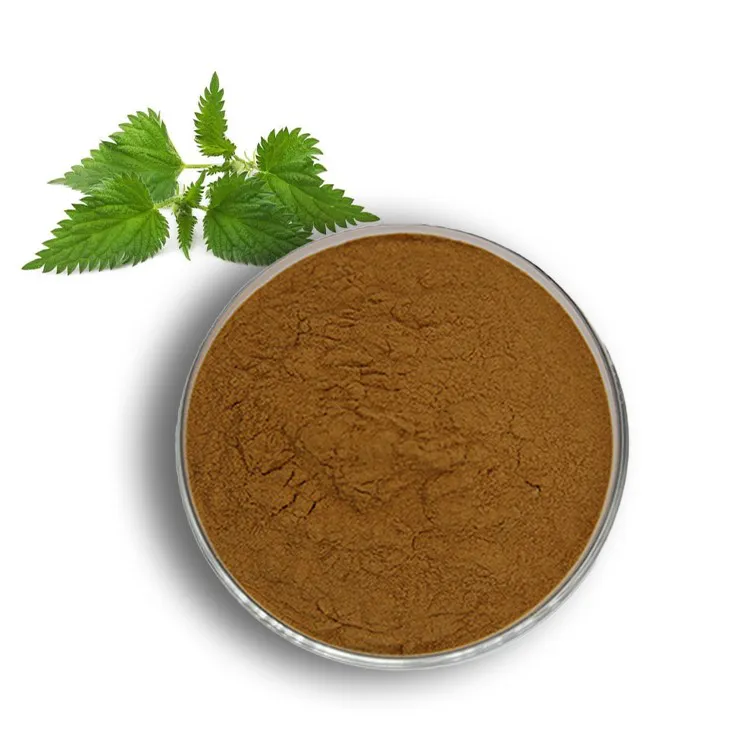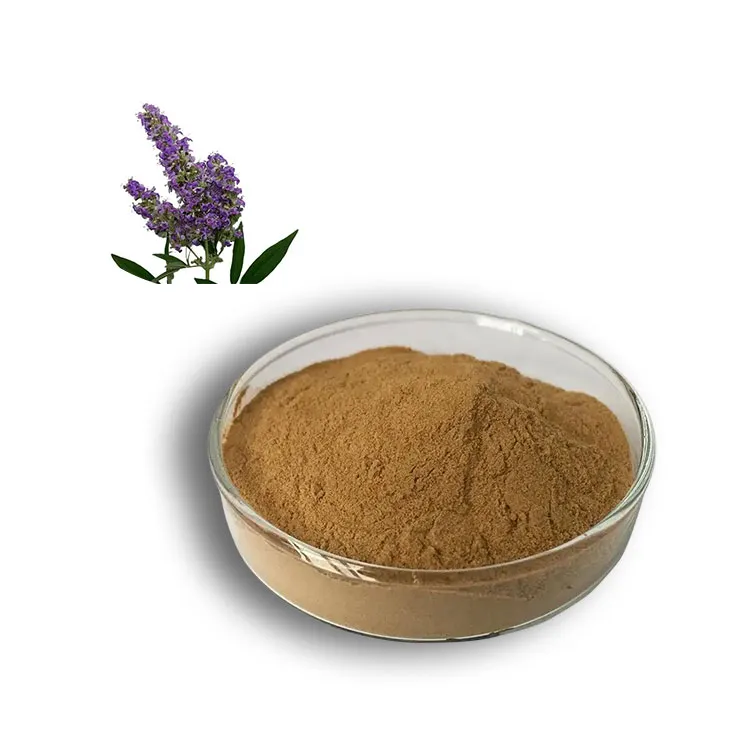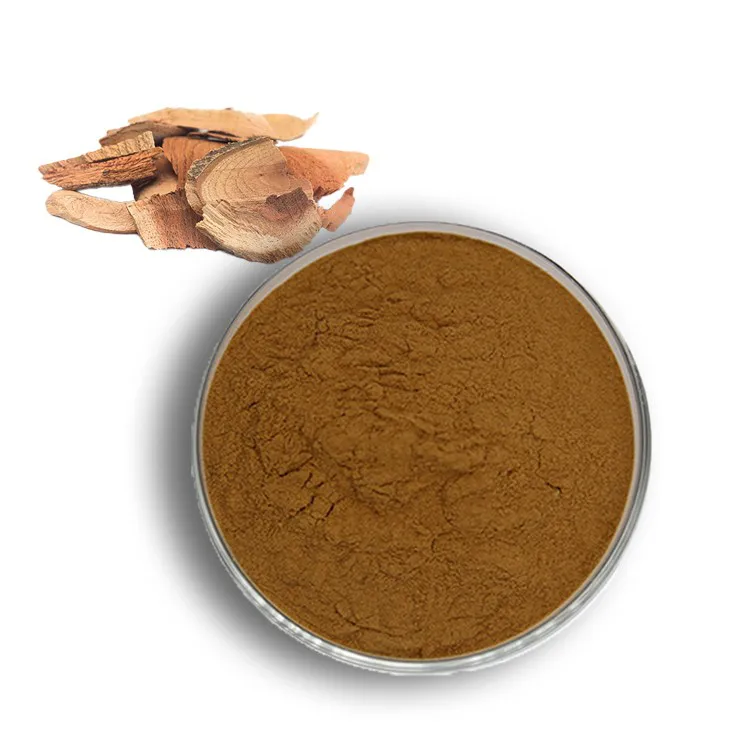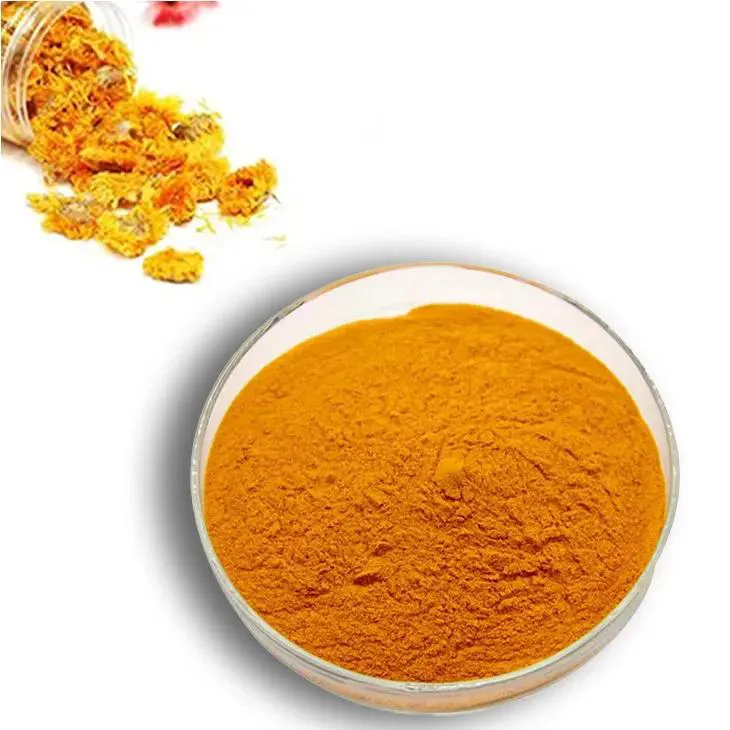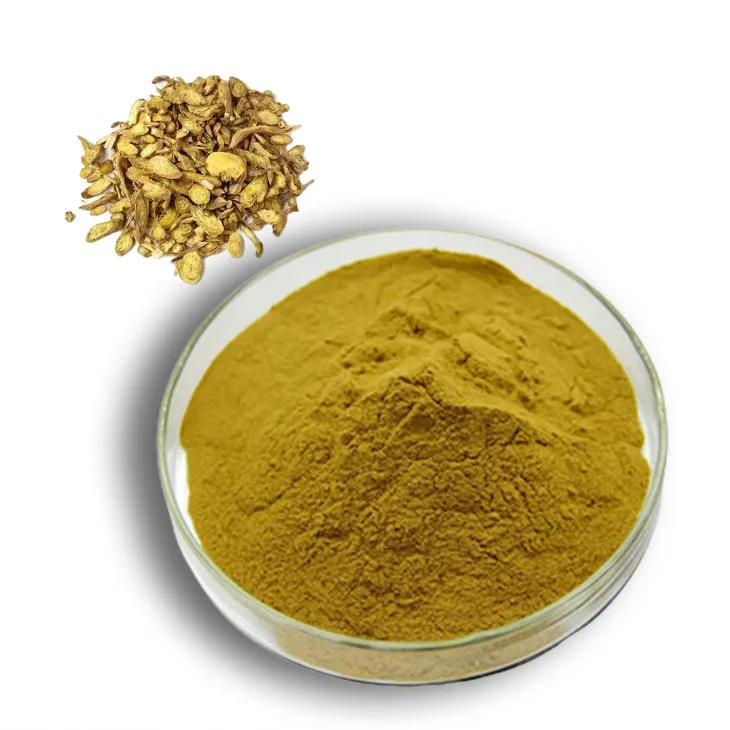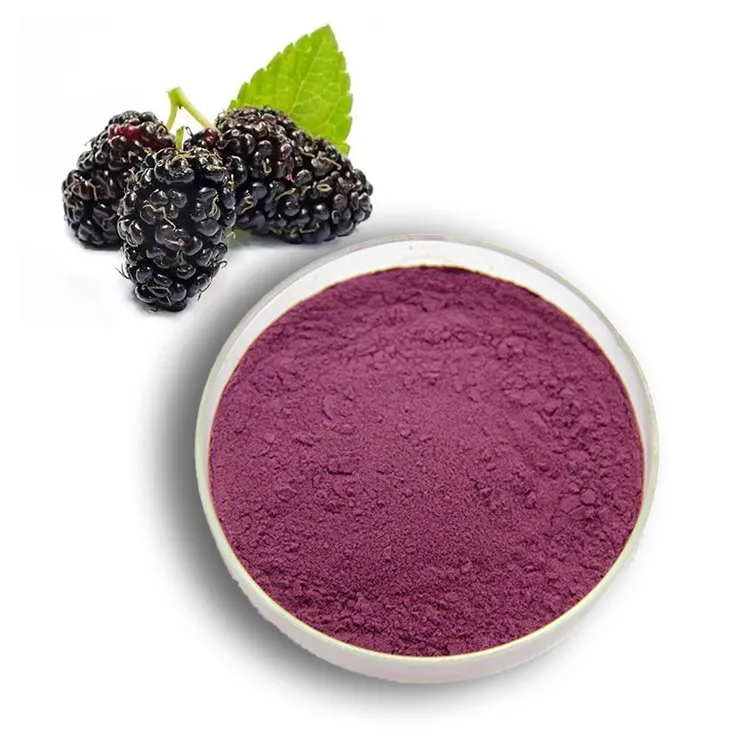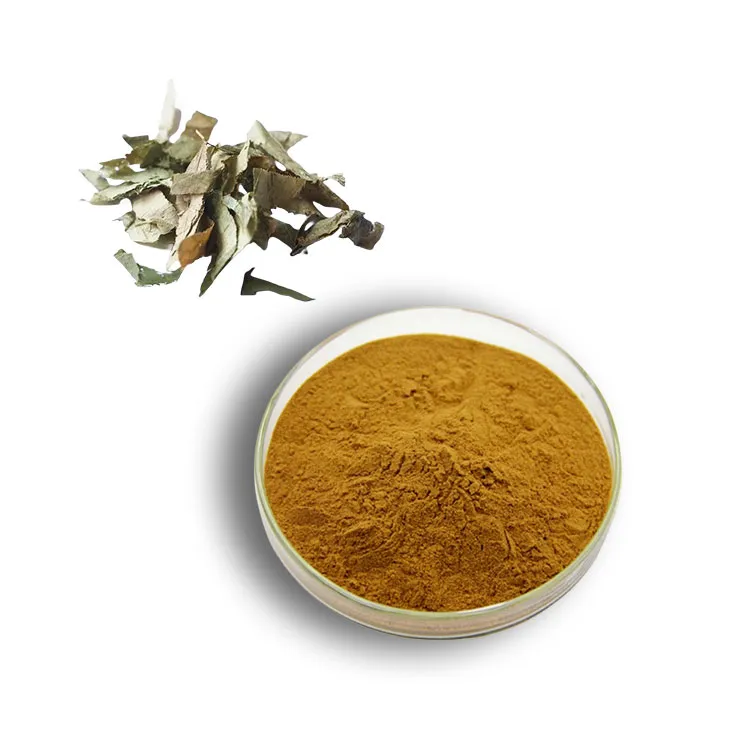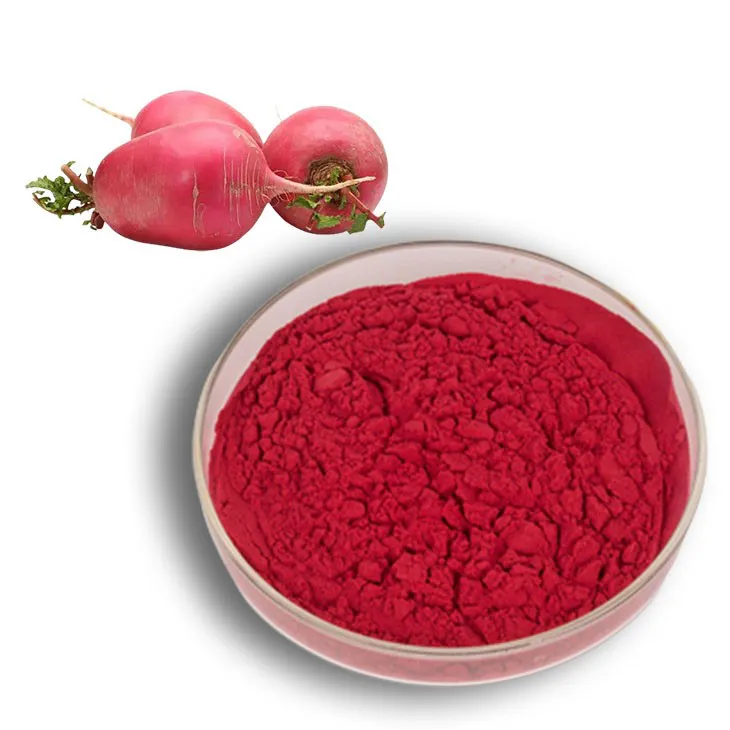- 0086-571-85302990
- sales@greenskybio.com
Chestnut vs. Horse Chestnut: What is Differences
2025-06-26
When wandering through a park or forest in certain parts of the world, you may come across majestic trees adorned with clusters of nuts. It can be easy to mistake one for the other, but chestnuts and horse chestnuts are quite different, both botanically and in terms of their uses. Despite their similar names and nut-like appearance, these two trees belong to separate botanical families and offer a diverse array of benefits and uses. In this article, we will explore the differences between chestnuts and horse chestnuts, highlighting their distinct characteristics, uses, and cultural significance.
Chestnut Overview
Chestnuts belong to the genus Castanea and are part of the beech family, Fagaceae. Species of chestnut trees are native to the temperate regions of the Northern Hemisphere, including parts of North America, Europe, and Asia. One of the most well-known species is the sweet chestnut (Castanea sativa), which is commonly cultivated for its edible nuts.
The chestnut tree is known for its tall, stately stature and broad, serrated leaves. During autumn, chestnut trees produce spiny husks that encase multiple nuts. When ripe, these husks naturally split open to release the nuts within. Edible chestnuts are rich in carbohydrates, low in fat, and serve as a good source of vitamins and minerals. They can be enjoyed roasted, boiled, or used as an ingredient in various culinary dishes.
Beyond its nutritional value, the chestnut tree is valued for its durable and attractive wood, which has been used in furniture-making and construction for centuries. Additionally, chestnuts have a place in cultural traditions, often associated with festive autumn and winter celebrations.
Horse Chestnut Overview
In contrast, the horse chestnut, belonging to the genus Aesculus and the family Sapindaceae, is not related to true chestnuts. Horse chestnuts are native to the Balkans but have been widely planted as ornamental trees in parks and along streets across Europe and North America. The most famous species is the common horse chestnut (Aesculus hippocastanum), known for its large, palmate leaves and striking white or pink flower clusters that appear in the spring.
Unlike edible chestnuts, horse chestnuts produce large, round seeds that are enclosed in a spiky husk. However, these seeds are toxic and should not be consumed. The toxic compounds, including esculin, can cause serious harm if ingested, making horse chestnuts distinctly inedible.
Despite its inedible nature, horse chestnut seeds and extracts have been used in traditional medicine to treat various ailments. The extract is believed to contain anti-inflammatory and antioxidant properties, primarily attributed to the presence of aescin, which is thought to support healthy circulation and relieve symptoms associated with chronic venous insufficiency, such as varicose veins and swelling.
Key Differences Between Chestnuts and Horse Chestnuts
1. Taxonomy and Appearance
The first and most fundamental difference between chestnuts and horse chestnuts lies in their taxonomy. While chestnuts are members of the Fagaceae family, horse chestnuts belong to the Sapindaceae family. This botanical distinction results in different growth patterns, leaves, flowers, and seed characteristics, although both trees bear nut-like fruits.
2. Edibility and Uses
The primary practical difference is the edibility of their nuts. Edible chestnuts are widely consumed around the world as a nutritious food source. In contrast, horse chestnut seeds are toxic and unsuitable for human consumption.
Chestnuts have culinary applications, serving as a delicious snack when roasted or as an ingredient in traditional recipes. Their flour is gluten-free and has gained popularity among individuals seeking alternative flours for baking. Horse Chestnut Extract, on the other hand, is not used for food but rather for its potential therapeutic benefits in herbal medicine.
3. Cultural and Historical Significance
Both chestnut and horse chestnut trees hold cultural significance, though in different ways. Chestnut trees have historically played an essential role in the diet and agriculture of various cultures. For example, in Mediterranean regions, chestnuts have been an important food staple for centuries, often dubbed the "bread of the mountain."
Horse chestnuts, while not a food source, are celebrated for their ornamental beauty. They are commonly planted in public spaces, contributing to landscape architecture with their impressive, shade-providing canopies and beautiful flowers.
4. Environmental and Ecological Impact
From an ecological perspective, chestnut and horse chestnut trees contribute differently to their environments. Chestnut trees can act as keystone species in their ecosystems, providing food for wildlife such as squirrels, deer, and birds. Additionally, chestnuts contribute to soil stability and erosion prevention in hilly terrain through their extensive root systems.
Horse chestnut trees, with their ability to thrive in urban settings, help filter air, provide shade, and contribute to the aesthetic and ecological diversity of city landscapes.
Conclusion
In conclusion, while chestnut and horse chestnut trees may appear similar at a glance, they are distinct in terms of taxonomy, edibility, uses, and cultural impact. Chestnut trees are appreciated for their edible, nutritious nuts and durable wood, while horse chestnut trees are valued for their ornamental beauty and potential medicinal benefits. Understanding the differences between these two types of trees not only enhances our appreciation for their unique qualities but also informs us of their respective roles in nature, cuisine, and culture. By recognizing these distinctions, individuals can make informed decisions about cultivating, utilizing, and respecting these remarkable natural resources.
- ▶ Hesperidin
- ▶ citrus bioflavonoids
- ▶ plant extract
- ▶ lycopene
- ▶ Diosmin
- ▶ Grape seed extract
- ▶ Sea buckthorn Juice Powder
- ▶ Beetroot powder
- ▶ Hops Extract
- ▶ Artichoke Extract
- ▶ Reishi mushroom extract
- ▶ Astaxanthin
- ▶ Green Tea Extract
- ▶ Curcumin Extract
- ▶ Horse Chestnut Extract
- ▶ Other Problems
- ▶ Boswellia Serrata Extract
- ▶ Resveratrol Extract
- ▶ Marigold Extract
- ▶ Grape Leaf Extract
- ▶ blog3
- ▶ Aminolevulinic acid
- ▶ Cranberry Extract
- ▶ Red Yeast Rice
- ▶ Red Wine Extract
-
Nettle Root Extract
2025-06-26
-
Quercetin
2025-06-26
-
Chasteberry Extract
2025-06-26
-
Thunder God Vine Extract
2025-06-26
-
Marigold Extract
2025-06-26
-
Scutellaria Extract
2025-06-26
-
Mulberry Extract
2025-06-26
-
Curcuma Longa Extract/Turmeric extract
2025-06-26
-
Epimedium extract powder
2025-06-26
-
Beetroot Powder
2025-06-26











